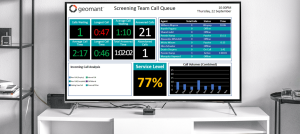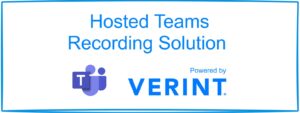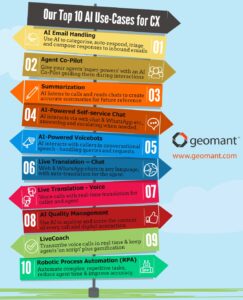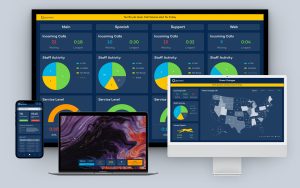Great customer satisfaction is deemed necessary for a variety of reasons and is one of the key areas evaluated by regulators. Even before the events of 2020 began, housing associations were facing various challenges in ensuring an excellent customer experience. From complex regulatory standards to disjointed communication strategies, there has been no shortage of issues holding these companies back.
The pandemic pushed housing associations to accelerate investments in tools to eliminate pain points and friction within the customer service journey. As a result, we’re beginning to see new trends emerging in the way housing association groups manage their daily interactions. Here are the major trends your business needs to be aware of in this new landscape.
Trend 1: The Rise of Hybrid Working
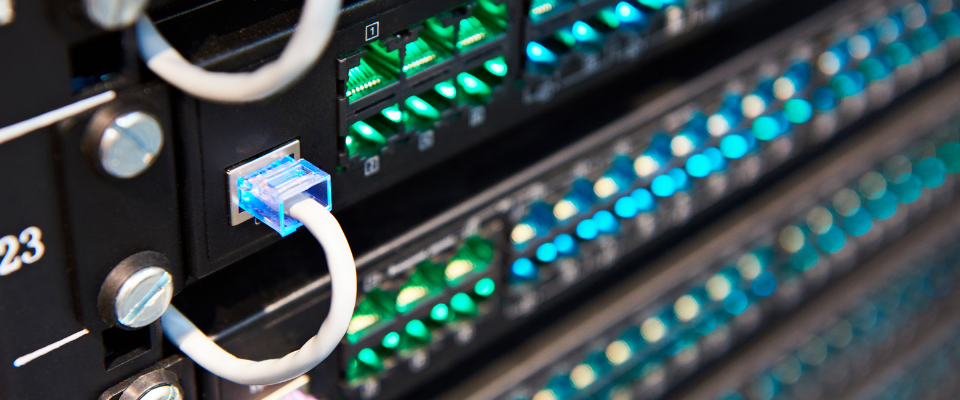
In every industry, customer service and contact centre teams have begun rapidly transitioning into a new work age. Hybrid and remote teams became essential during the pandemic – allowing businesses to continue serving customers, even as brick-and-mortar locations shut their doors.
This shift meant team members suddenly had to transition from in-person, face-to-face service channels to digital interactions for housing associations. Not only did housing association professionals suddenly have new applications and tools to deal with in a cloud-based contact centre, but they were also handling higher call volumes than ever before. Nervous tenants created an influx of messages, emails, and phone conversations for teams to monitor across various channels.
Going forward, the hybrid working model could represent a powerful opportunity for housing associations. This strategy allows companies to access reliable, remote team members, capable of working flexible schedules to address peak call volumes. However, to truly make the most of the hybrid work format, housing association brands will need the right CCaaS solutions and tools.
A hybrid environment needs more than just a strong set of contact centre features. These employees also need a way to collaborate and connect with colleagues in various environments. A demand for more aligned virtual workforces is paving the way for investments in opportunities like the Microsoft Teams contact centre, capable of combining back-end and front-end communications.
Trend 2: Higher Demands on Employees

Contact centre employees are now under more pressure than ever. Today’s housing association customers refuse to accept anything less than fast, efficient, and personalized service. This means the modern team needs plenty of guidance and support to deliver on expectations.
A CCaaS solution with easy access to collaborative tools, contact centre functionality, and telephony is a good first start, but employees also need help to ensure they’re delivering the right outcomes to clients with these tools. Wallboard technology for agent desktops could be a valuable investment to ensure housing professionals can keep track of things like customer satisfaction scores and metrics.
Dashboards and wallboards featuring real-time analytics and insights are also helpful for managers guiding employees in this new hybrid landscape. The right technology can automatically alert supervisors and team leaders when professionals need additional guidance on dealing with a complex query or customer service request.
Companies keen to invest in the next level of cutting-edge technology for customer service can even combine real-time analytics and insights with intelligence and machine learning tools. Speech analytics solutions can detect the sentiment in calls, triggering interventions from supervisors using whisper functionality to step in and guide employees.
The information collected about calls both historically, and in real-time will also be excellent for providing managers with insights into where housing association agents may require additional training and guidance.
Trend 3: The Demand for Better Knowledge Management

Knowledge and information silos have been a common problem for companies in the housing association landscape for some time. As we approach a new future of work after COVID, where employees may not be working in the same shared environment, these silos will need to be addressed. Today’s agents can’t afford to struggle with their attempts to track down valuable user information.
Following the pandemic, housing association clients and customers will be looking for higher levels of empathy and understanding from brands. The companies capable of offering the most contextualized and customised human experiences will be most successful in the years ahead. An all-in-one environment for knowledge sharing in the hybrid environment will be essential to delivering these human experiences.
No matter where employees are, companies will need to ensure they have access to the right information. This could mean integrating CCaaS solutions with other crucial tools and software that businesses use every day, like service desks and CRM solutions. It could also mean building better knowledge bases full of information for agents and customers to use.
AI chatbots and virtual assistants in the contact centre environment will be valuable tools in helping teams and customers access information as quickly as possible. These tools can help automate access to dynamic reference information for agents as well as account information for tenants.
Trend 4: Compliance Digital Transformation

Digital transformation has been a trending phrase in all industries for some time now. Everywhere you look, companies are searching for new ways to leverage technology for efficiency, productivity, and performance benefits. In an effort to better understand tenants and their needs, housing associations will be collecting more information in a digital environment and moving more systems into the cloud; from customer service to recording and data management. These groups will also have specific challenges to consider when it comes to how they collect and manage crucial information.
Even in a chaotic post-pandemic world, housing associations will need to follow the latest government legislation carefully and pay attention to the rules about how tenant information can be stored. Something as simple as recording a tenant conversation for training purposes could lead to significant privacy issues if not addressed correctly.
A digital-by-design approach, created with the right digital transformation partner will involve looking for secure and reliable ways to connect multiple digital channels while keeping compliance needs in mind. This could mean linking the Microsoft Teams collaboration centre, the contact centre, CRM systems, and data storage solutions with recording and data management tools.
Trend 5: True Omnichannel Efficiency

Not so long ago, voice calls were the only way most housing associations handled tenant inquiries and customer service. Now, this industry is seeing demand for more flexibility in customer conversation methods. Clients want to connect with housing associations through chat, email, social media, and video – not just voice.
Delivering excellent CX in the new age of HA transformation will mean offering a truly omnichannel approach. This means not only delivering customer service on the right channels but making sure those channels are connected for end-to-end visibility and context. To start, housing associations will need to gather information from their tenants regarding which channels they use, and when these channels are most in-demand.
Voice calls are likely to be in high demand among tenants when dealing with complex, emotional problems which require human creativity or empathy. On the other hand, for quick updates and access to important forms or documents, tenants may prefer to reach out over chat or email. An omnichannel environment will allow agents to shift easily from one environment to the next while maintaining full access to the tenant’s interaction history and customer details.
Trend 6: Agile Optimisation
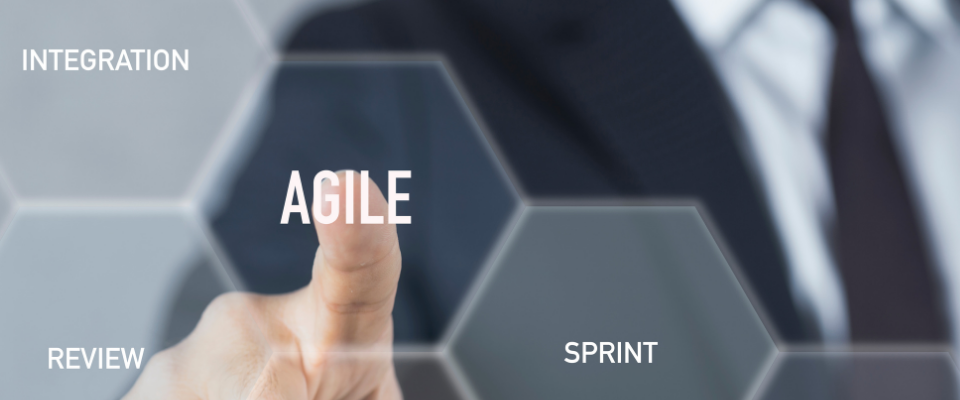
The housing association environment is seeing a rising demand for accelerated optimization and growth. Housing associations need to be ready to adapt quickly to a landscape that’s constantly changing, with new demands and expectations emerging from customers at all times.
The right solution for customer service won’t just offer the tools you need today, like smart routing and digital voice analytics, they’ll also deliver the tools you need for tomorrow, such as AI bots and self-service solutions. An entirely customisable and future-ready ecosystem is a must-have for the future.
Finally, an open environment that can adapt and scale to suit the needs of an evolving audience will be essential in this new environment. Following the pandemic, housing associations will need to ensure they’re investing in a cloud solution that will continue to give them flexibility, and room to grow as their digital transformation continues. This could mean looking at vendors who offer support for endless integrations and API connections or working with partners who can customise your CX environment to suit your specific industry needs.
Evolving Your CX Strategy
As restrictions lift, housing associations will continue to face internal and external challenges in the months and years to come. Combining the right technology, processes, and people in a strategy for excellent customer service and support will be essential to your continued growth in this sector. Reach out to Geomant today to find out more about how you can prepare for the trends of today, and meet the challenges of tomorrow.


